|
It wasn't
even a country we had planned to visit during our big round the
world trip but thank God we did! From monasteries to deserts,
high altitude lakes to volcanoes, Inca ruins to colonial
cathedrals, roasted guinea pigs to llamas, this place must mark
every person who passes through it.
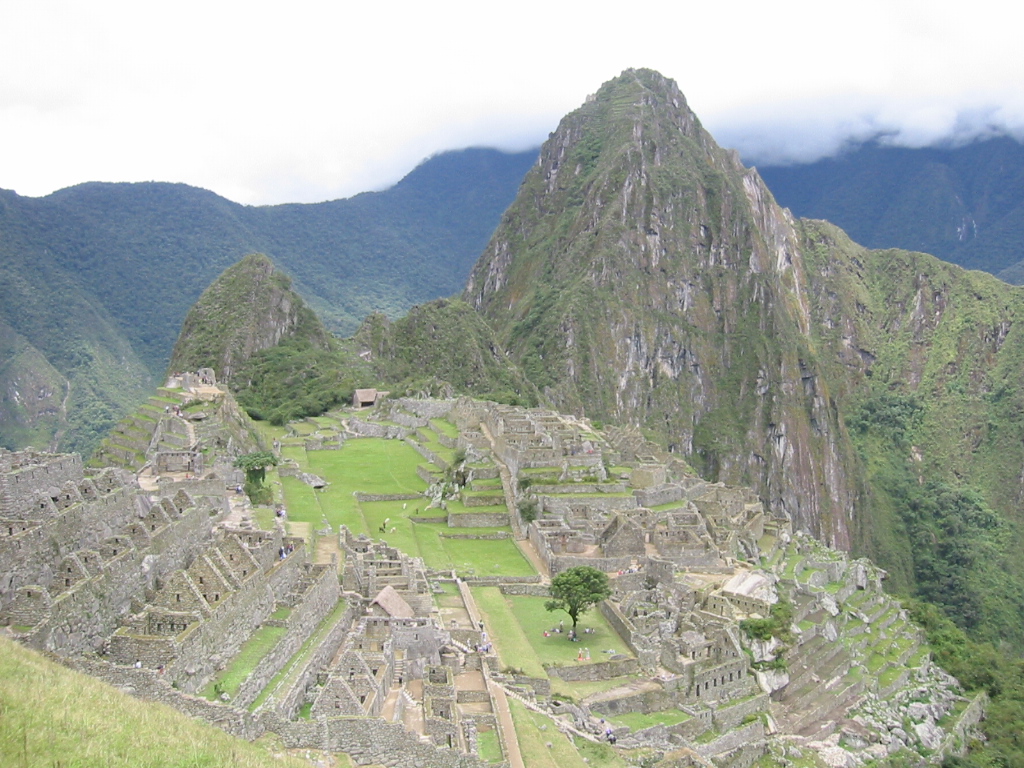 Mainstream tourism,
unfortunately, has also discovered it, so though you will see and
experience some amazing things, you'll likely be doing it in a
crowd. Mainstream tourism,
unfortunately, has also discovered it, so though you will see and
experience some amazing things, you'll likely be doing it in a
crowd.
The
People
Peru
is the first Latino country we have visited where people are not
just on time, but seem to turn up early! It seems hard to believe
but it's true. Besides being prompt, the people were extremely
friendly, helpful, and speak a Spanish that is very easy to
understand, unlike their southern neighbours in Chile. We also
found people to be very honest - not one taxi driver tried to rip
us off!
Things to Know
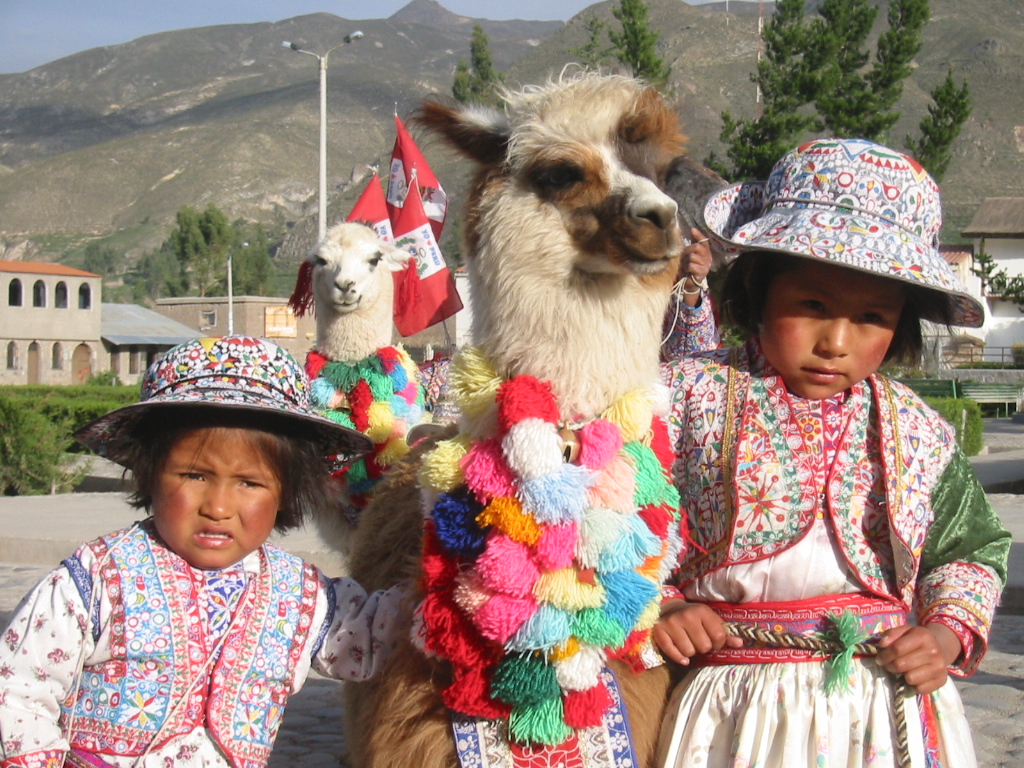 Well my friend,
I'm afraid you're in South America now so if you don't speak any Spanish you are not
going to get as rich an experience as a person who does. The
people in tourism speak enough English for a tourist to get by but
what you will miss out on is experiencing the thoughts and
feelings of the everyday people and that is always the best part
of traveling. Even worse, you will be stuck on English speaking
tours where many of the guides speak the language very poorly and
are not able to explain things properly. Well my friend,
I'm afraid you're in South America now so if you don't speak any Spanish you are not
going to get as rich an experience as a person who does. The
people in tourism speak enough English for a tourist to get by but
what you will miss out on is experiencing the thoughts and
feelings of the everyday people and that is always the best part
of traveling. Even worse, you will be stuck on English speaking
tours where many of the guides speak the language very poorly and
are not able to explain things properly.
The bus
connections in Peru
are very good and the buses are of a very high standard, in fact,
much higher than what we have found in Australia, New Zealand,
Canada, etc. The tickets are cheap, they screen movies, and even
offer small meals for free.
Where
to Stay
We found that the
mid range hotels were a much better bargain than staying at some
seedy backpacker joint for a dollar a night. We usually paid
around US$30/night for a double room which were the same standard
as what you would find in a Holiday Inn. When we arrived in a new
city, the taxi drivers were happy to drive us around to several
hotels where we could have a look at the rooms, check the price,
then decide if we wanted it. As well, there are various tour
companies who have offices in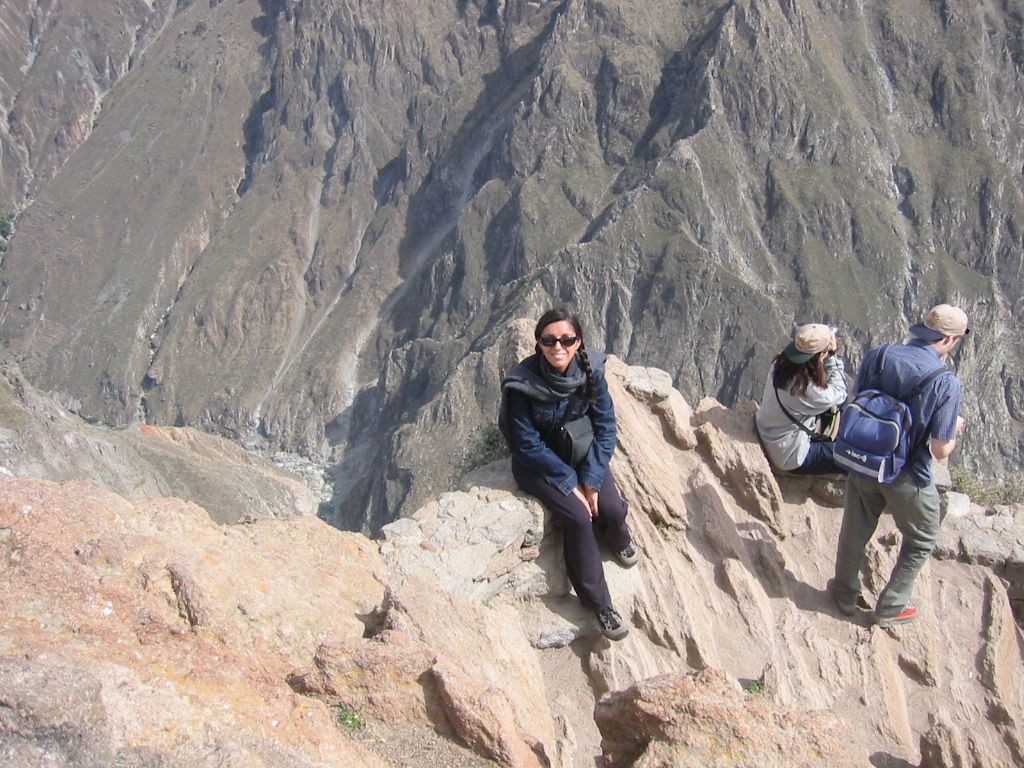 many towns so once you have used a company they are happy to set
you up with their partner in the town you are going to next......
many towns so once you have used a company they are happy to set
you up with their partner in the town you are going to next......
Some of the great
tour companies we used helped us with everything from finding a
hotel, escorting us to and from train and bus stations and
organising tours.
In Arequipa:
Kantatiry Tours, Santa Catalina 114, email: kantatiry@yahoo.com
In Cusco:
Tierras Magicas, speak to Nicolas or Damaso, email:
nicolastierras@yahoo.es or tierramagic@terramail.com
Where
to Eat
We ate in a
variety of places, from street food to "expensive" restaurants,
and found the food to be quite ordinary. Many places serve
international food and the basic pizza, pasta, and hamburgers are
not hard to find, though they will not be the best you've ever
had. The local plates include alpaca, llama, beef, pork, and
guinnea pig for the adventerous. Ana had a little stomach upset
but I was okay the whole way through. But we weren't overly
careful - we ate the salads, brushed teeth with tap water, drank
fruit juice mixed with water, etc. So overall the standards seem
pretty good.
Things to See and Do
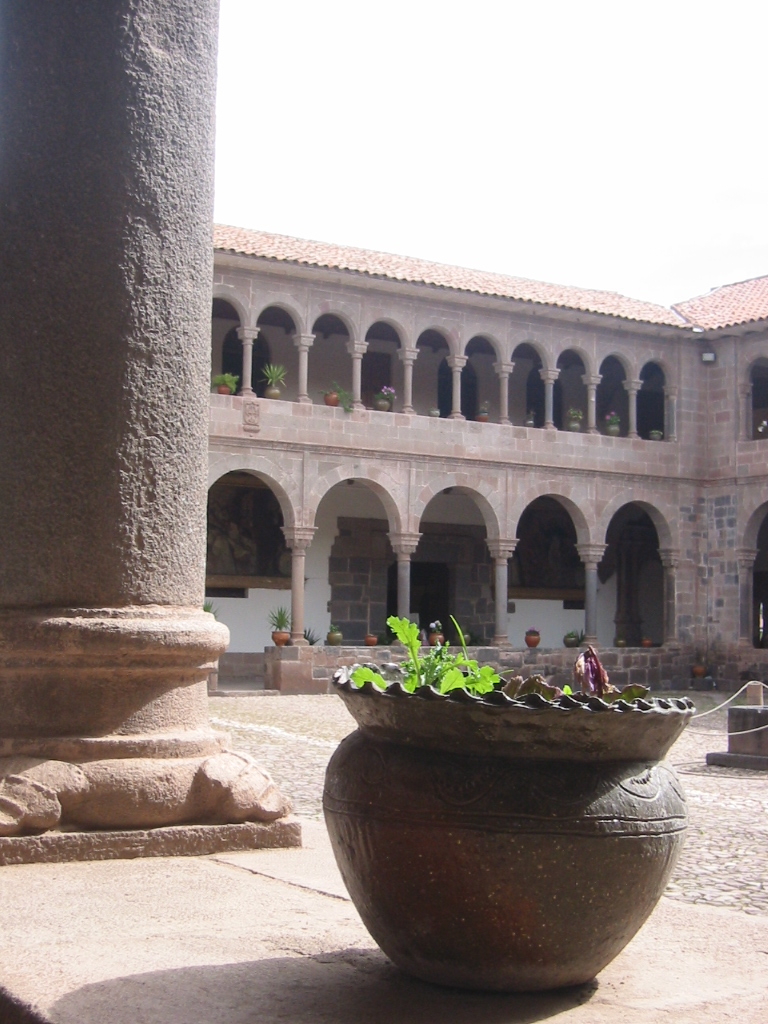 We arrived
overland from Chile
and had only enough time to explore the southern parts of Peru.
It sounds as if these parts contain most of the main
archaeological sites so we covered a very interesting area. Most
of the people we met who came through the capital Lima said it was
not a very attractive place. We arrived
overland from Chile
and had only enough time to explore the southern parts of Peru.
It sounds as if these parts contain most of the main
archaeological sites so we covered a very interesting area. Most
of the people we met who came through the capital Lima said it was
not a very attractive place.
The City of
Arequipa
This is the first
city we visited and was the best place we stayed. There is a
lovely town square called Plaza de Armas (actually, almost every
village has a Plaza de Armas) which is floodlit by mellow yellow
lights at night which make it very romantic, especially since all
the newly married couples have their pictures done in the square.
There is a Dominican monastery which has been standing for five
hundred years and is still in use. It is a little expensive for
admission but worth the price. The art gallery of religious
paintings is quite remarkable.
Keep in mind that Arequipa is at a very high altitude so for the first couple days,
climbing a staircase will be a major exercise. Even walking up an
inclined street will leave you breathless.
Canyon de Colca
near Arequipa
We did a superb
two day tour to this canyon and a variety of other places.
It was fairly cheap and well worth the money. We were lucky
enough to see half a dozen giant condors flying around the canyon
as we stood at the edge peering down into the mile deep gorge.
Part of the trip included an overnight stay at a small town en
route and I had the opportunity to eat a delicious guinnea pig for
dinner; claws, head and all the goodies!
Machu Picchu
We opted out of the three
day walk along the Inca Trail and instead did a day trip to this
magnificent site. The only problem with this trip was that
we arrived with an influx of hundreds of other tourists which
somewhat took away from the serenity of the city. The best
thing we did was to get
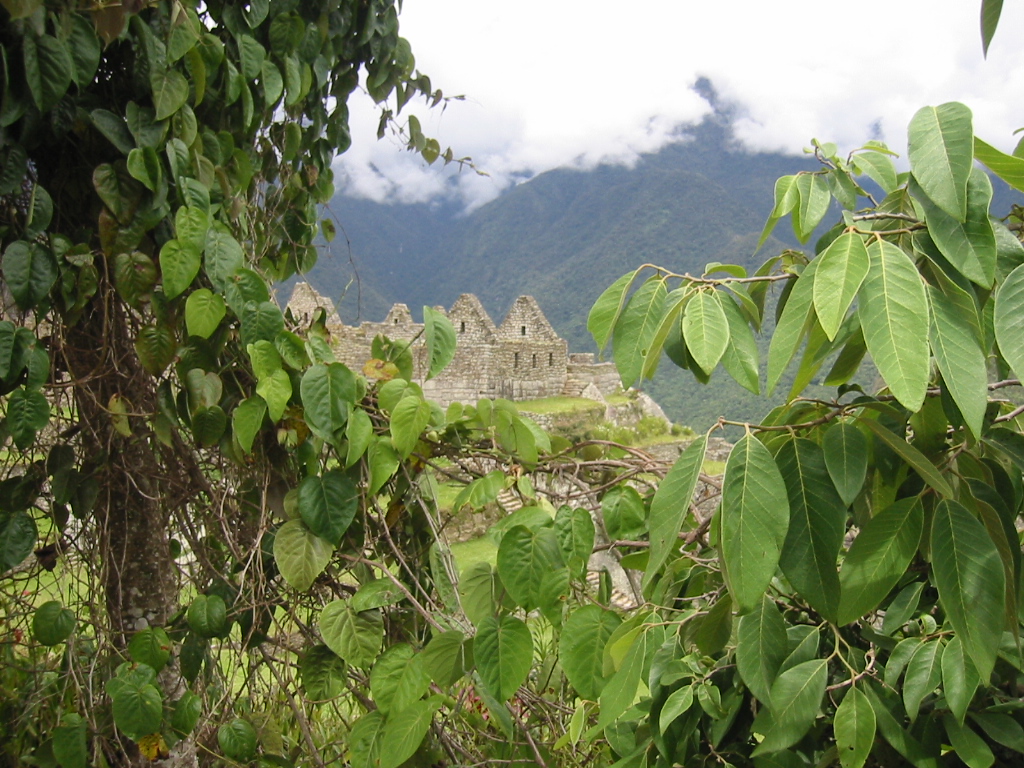 into
a group with Spanish speaking guide as he was fantastic.
Very often the English speaking guides just don't have the
vocabulary required to explain the significance of what he is
showing you. We only had a couple hours to look around the
site but could have easily spent a day exploring or just sitting
on the grass absorbing the energy of the place. into
a group with Spanish speaking guide as he was fantastic.
Very often the English speaking guides just don't have the
vocabulary required to explain the significance of what he is
showing you. We only had a couple hours to look around the
site but could have easily spent a day exploring or just sitting
on the grass absorbing the energy of the place.
Floating Islands
in Lake Titicaca
Many people we met
who visited these islands did not enjoy it nearly as much as we
did. Again, this was due to being stuffed into a boat with
twenty other tourists and shuffled from island to island where the
natives were flogging their goods. Since we arrived to the
docks late in the day most of the tourists were gone and we rented
a boat just for the two of us. This gave us a much more
personal tour and made the difference. It was one of those
kinds of places that you cannot find anywhere else so that in
itself is a great reason to go.
The basic idea is
that these people build floating islands out of reeds for
themselves to live on. Besides the islands themselves, they
also build their houses, boats, and tools out of the same reeds.
Some tourists we met later told us that the people don't actually
live on the islands and instead live in the town and just go out
to the islands every day to put on a show for the tourists.
I find this hard to believe. We spoke with several people
living there and they seemed very genuine and are obviously
accepting the tourist industry to make money which would otherwise
be hard to come by.
|
